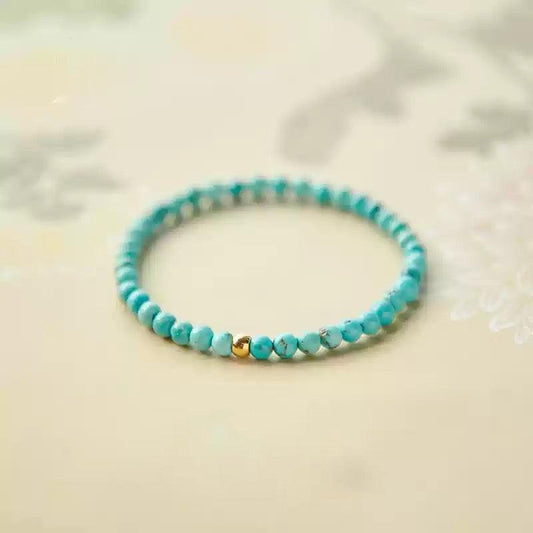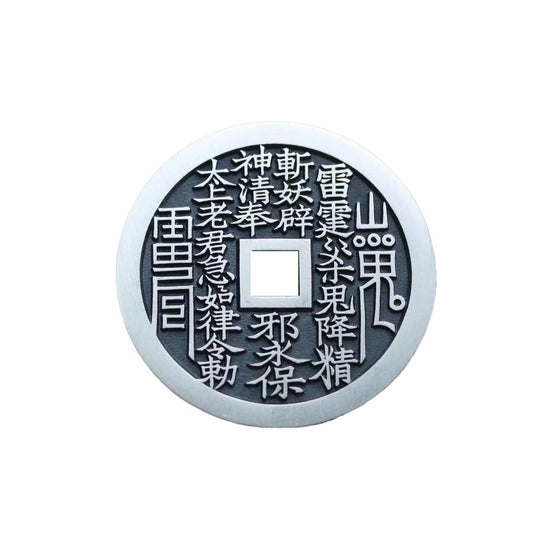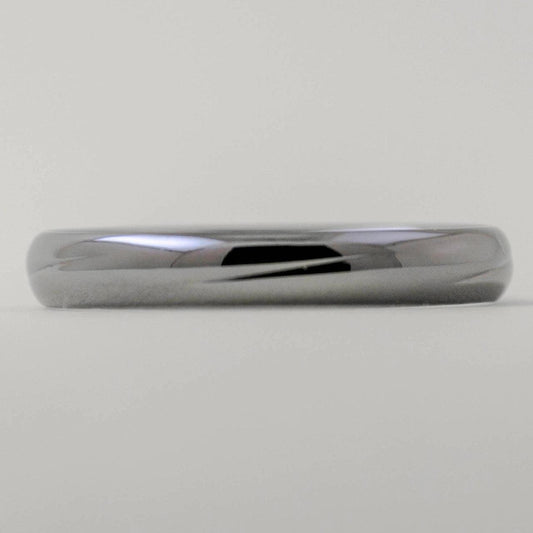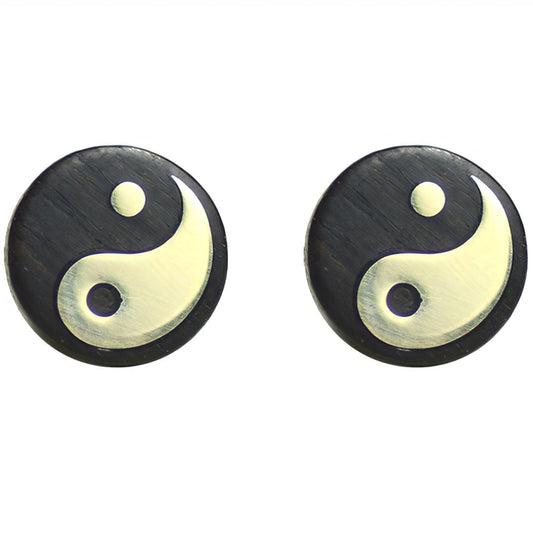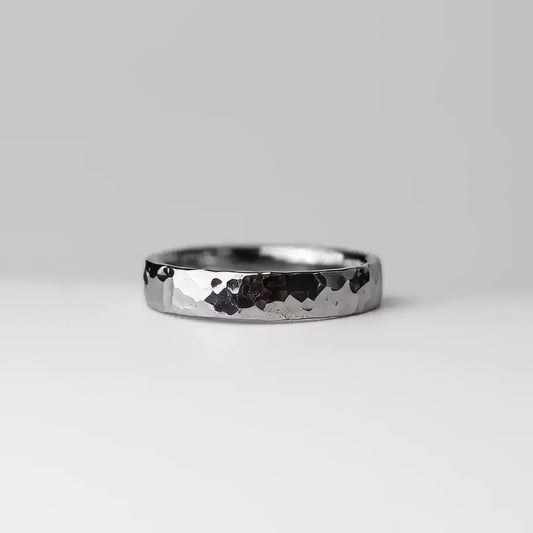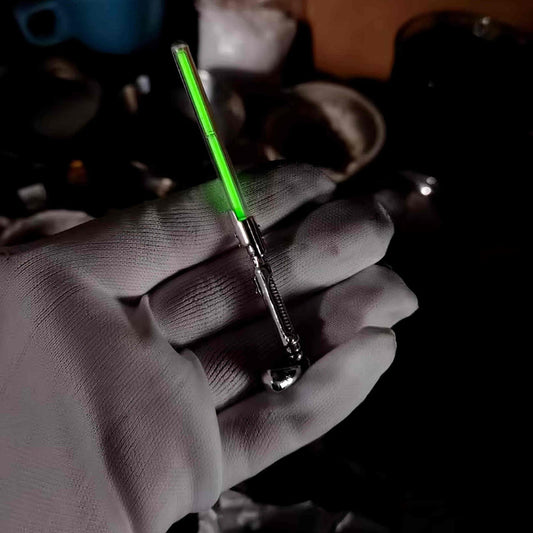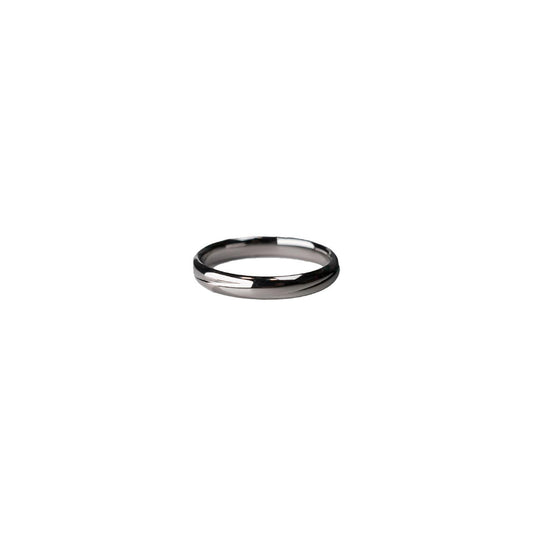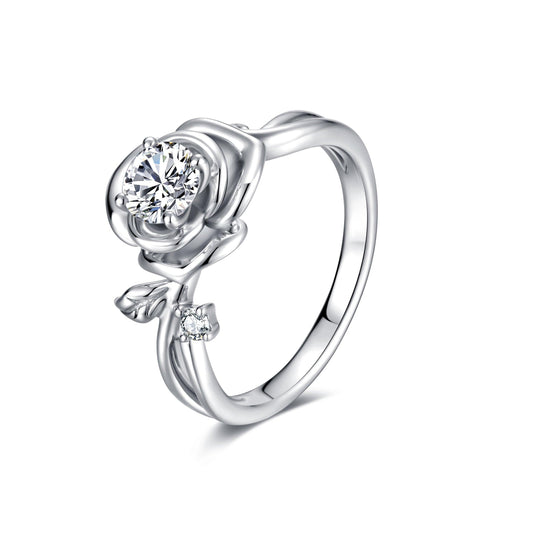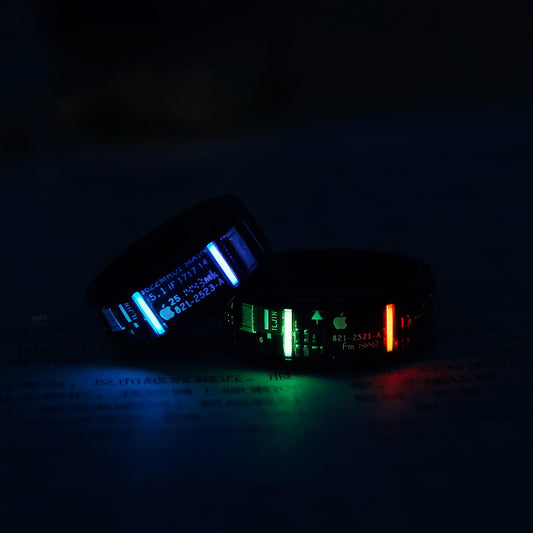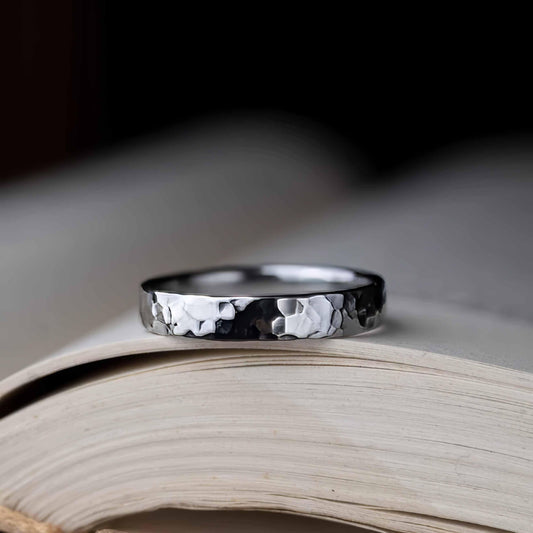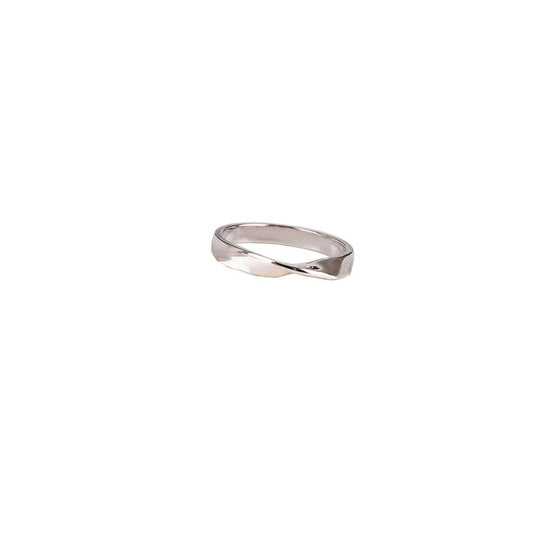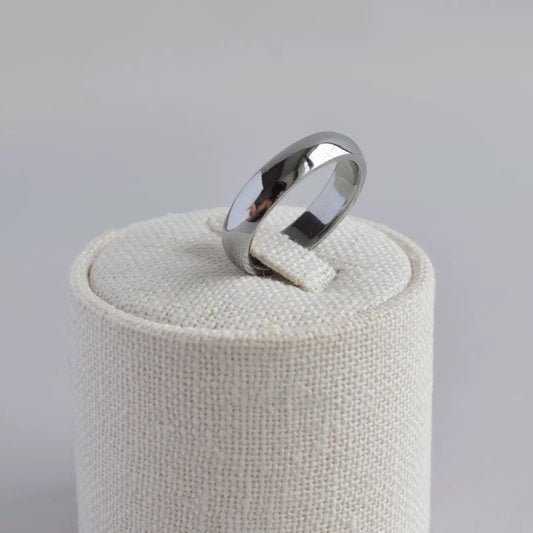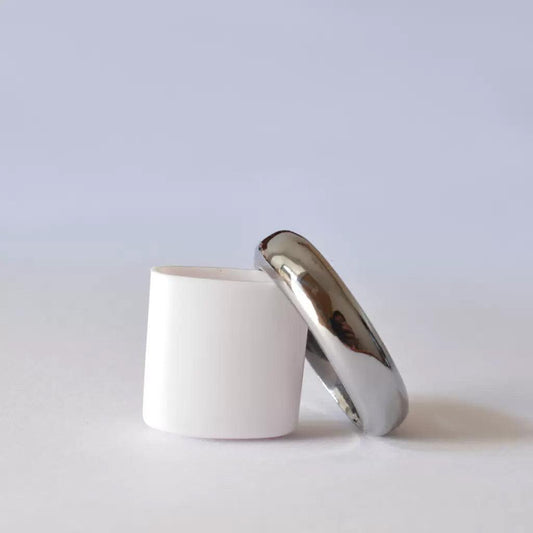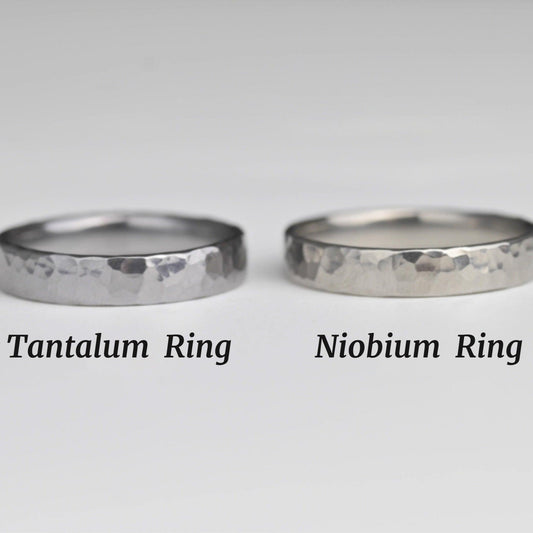Restoring Shine The Art of Silver Tarnish Removal
Restoring Shine The Art of Silver Tarnish Removal
The other day, as I rummaged through a drawer filled with miscellaneous keepsakes, I stumbled upon a forgotten treasure—my grandmother's silver candlestick holders. Once the centerpiece of festive tables and quiet dinners alike, they were now victims of neglect, cloaked in a dull gray patina that screamed for attention. This encounter reignited memories of family gatherings, and I found myself determined to restore their former luster.
Silver tarnish is an inevitable foe. Even with the utmost care, the reality of chemical reactions is that they never take a holiday. Sulfur compounds in the air love nothing more than to dance with silver, producing that unmistakable tarnish. For those of us who hold onto silver items like family heirlooms or cherished gifts, knowing how to properly clean them becomes more than just a chore—it's a rite of preservation.
I decided to take matters into my own hands, and in doing so, I was reminded of a trick my grandmother had once shared with me. "All you need is a bit of patience—and some common kitchen staples," she would say with a knowing smile. Armed with baking soda, aluminum foil, and a bowl of warm water, I set out to bring back the sparkle.
For those unfamiliar with this method, it's practically alchemy in the world of home cleaning. Lining a bowl with aluminum foil, I added the warm water and a generous scoop of baking soda, letting the concoction bubble slightly. Then, I submerged the candlesticks, watching as the tarnish began to lift away almost magically. The science behind this method is simple yet fascinating: it involves a small electrochemical reaction that transfers the tarnish from the silver to the aluminum. As I watched the transformation, I couldn't help but feel a sense of satisfaction that went beyond the mere act of cleaning.
As I polished the newly brightened candlesticks, my thoughts drifted to how silver, more than any other metal, manages to weave itself into the tapestry of our lives. Unlike gold, which screams luxury and permanence, silver is humble yet enduring, finding its way into both everyday objects and grand celebrations. It perhaps explains the emotional tug when we see a piece lose its gleam—it's a reminder of how time marches on, quietly and persistently.
When it comes to silver care, prevention is just as important as restoration. A quick rub with a soft cloth after use, storing pieces in anti-tarnish pouches, and keeping them away from wool and other sulfurous materials can go a long way. Yet, there's a curious part of me that almost appreciates the occasional tarnish. It serves as a gentle nudge to pause, reflect, and engage in the slow art of care which has become so rare in our fast-paced world.
Having restored my grandmother's candlesticks to their former glory, I placed them on my dining table, where they seemed to reclaim their rightful place, catching the daylight just so. In their reflection, a familiar warmth returned to the room, echoing with the laughter and love of gatherings past. While cleaning silver might seem like a mundane task, it can connect us to moments and memories that are simply priceless. And perhaps that's where the true brilliance of silver really lies.
